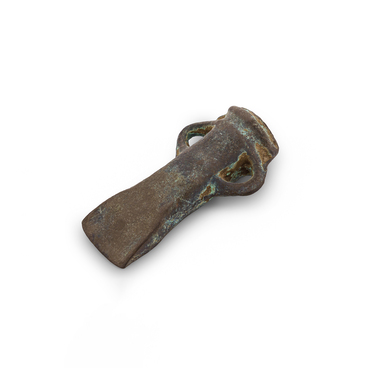Since the early Paleolithic period, humans have been using tools to process various materials, such as hides, bones, and tusks. One of these tools was the side-scraper, which was a large instrument with an extended working edge created by retouching. This tool became widely used by the representatives of the Oldowan that ended approximately 1.7 million years ago.
The side-scraper was typically made from pebbles or stone fragments. Its edges were shaped using a series of strikes. Over time, this tool improved in the Acheulean and Mousterian cultures. It could be created from a single stone or from large flakes, with several small removals used to prepare the working surface. By the Upper Paleolithic period, early humans had developed various types of scrapers, including bilateral, concave, double, and toothed.
As the techniques of stone knapping improved, ancient humans began to use not only large flakes, but also smaller ones for the production of stone tools. This led to the development of the end-scraper — a tool formed from a flake or a blade with a short convex or straight working edge. The first examples of this tool were found at Acheulian sites. End-scrapers were most prevalent during the Middle and Upper Paleolithic periods. Unlike the side-scraper, which had a more irregular shape, this tool often had more regular, geometric forms. When the working edge became dull, it could be easily reshaped and sharpened.
With the widespread use of the end-scraper, other tools were also constantly improved. In the Upper Paleolithic period, some tools had non-standard shapes. Among them was a type of a blade with symmetrical hollowed parts in the middle of its longitudinal edges. Such artifacts have multiple names, with some researchers calling them “blades with a waist”, “waisted blades”, or “improved blades”. In Russian, a tool of this type is called a “scobel”.




